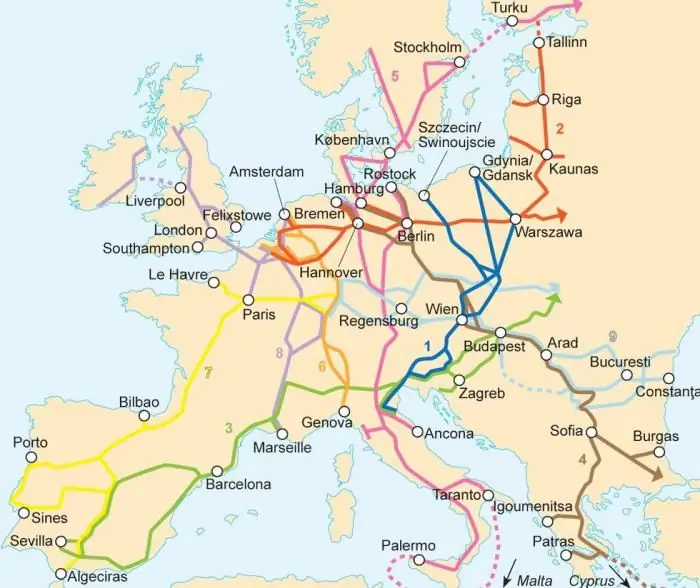- Author Henry Conors [email protected].
- Public 2024-02-12 02:40.
- Last modified 2025-01-23 09:07.
14 October the whole world celebrates the International Day of Standardization. People who are engaged in difficult work are congratulated on this holiday: rule-making activities.
What is standardization?
This is the observance of uniform requirements in all spheres of human activity. Standardization developed and improved along with the development of society. Today it is a process, the result of which is the definition and documentation of universal rational norms and rules.
International relations in different areas require the same approach to reaching agreements. The market should have unambiguous regulatory requirements for the manufacturer and consumer. The division of production processes between countries producing and consuming goods and services requires uniform regulations and standards.
Products, terms, methods, designations and so on are the objects of normalization today. Standardization and metrology are interrelated, they work to ensure the quality of products, services, works.
Why October 14th?
In 1946, on this day, the London Conference of the World Communities on Standardization began its work. There were 65 delegates from 25countries. A delegation from the USSR was also represented at this event.

The result of her work was the birth of the International Organization for Standardization - ISO. Since 1970, this day has been celebrated as World Standardization Day. The holiday has become a sign of respect for people involved in the development of this type of activity in the world.
A generally accepted fact: standardization has a significant impact on production, its level and pace of development. It must keep pace with the latest developments and achievements introduced and applied by mankind, normalizing and documenting their parameters.
ISO
When the organization was created, much attention was paid to its name. It was required that the abbreviation be pronounced the same in all languages. We settled on a short ISO, from the Greek word for "equal".
Today ISO has 165 member countries. International Standardization Day is primarily their holiday.
The order of development of the standard is established, it consists of six stages. It takes 5-6 years to create one document. It is developed by the technical commissions of the organization and subcommittees. The documents reflect the agreement of the participants of the ISO countries. It can be introduced into state standards as a basis or used in activities in its original form.

The volume of work can be estimated from the following data: the organization has developed more than 7 thousand international standards, annuallyabout 500 revised or new papers are published.
USSR, which was one of the organizers of the ISO, was also a permanent member of the governing bodies. Russia took over as a successor member of the ISO Council in 2005.
Along with ISO, there is the previously established International Electrotechnical Commission dealing with electrical engineering, electronics and communications. All other matters are the domain of ISO.

More than ninety percent of international standards have been developed by these organizations. There are several institutions that also do this work. Standardization Day and their holiday too.
History of standardization
Standardization methods have been used for a very long time. In ancient Rome, the selection of pipes of the same diameter when laying a water pipe is an element of this type of activity. In the Renaissance, if it was necessary to build a large number of ships, galleys were assembled in Venice from components prefabricated in different places. In the 18th century, a French arms factory produced 50 locks for guns that fit them without fitting.
With the adoption of the International Metric Convention in 1875 and the organization of the International Bureau of Weights and Measures with the participation of 19 states, it was possible to start celebrating Standardization Day on the planet.

In our country, the first application of standardization refers to the reign of Ivan the Terrible. To unify the cores for cannons werecircles of standard sizes were introduced. The development of trade relations with other states and within the country required the streamlining of Russian weights and measures. Work in this direction was long and difficult. And only the Decree “On the Introduction of the International System of Weights and Measures” adopted in 1918 and the transition from fathoms and pounds to meters and kilograms can be considered the day of standardization in Russia.






